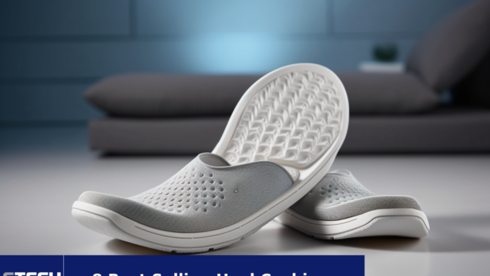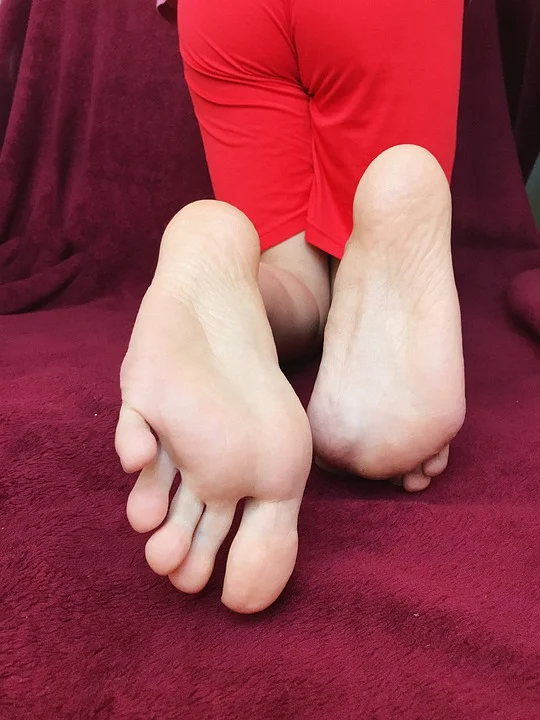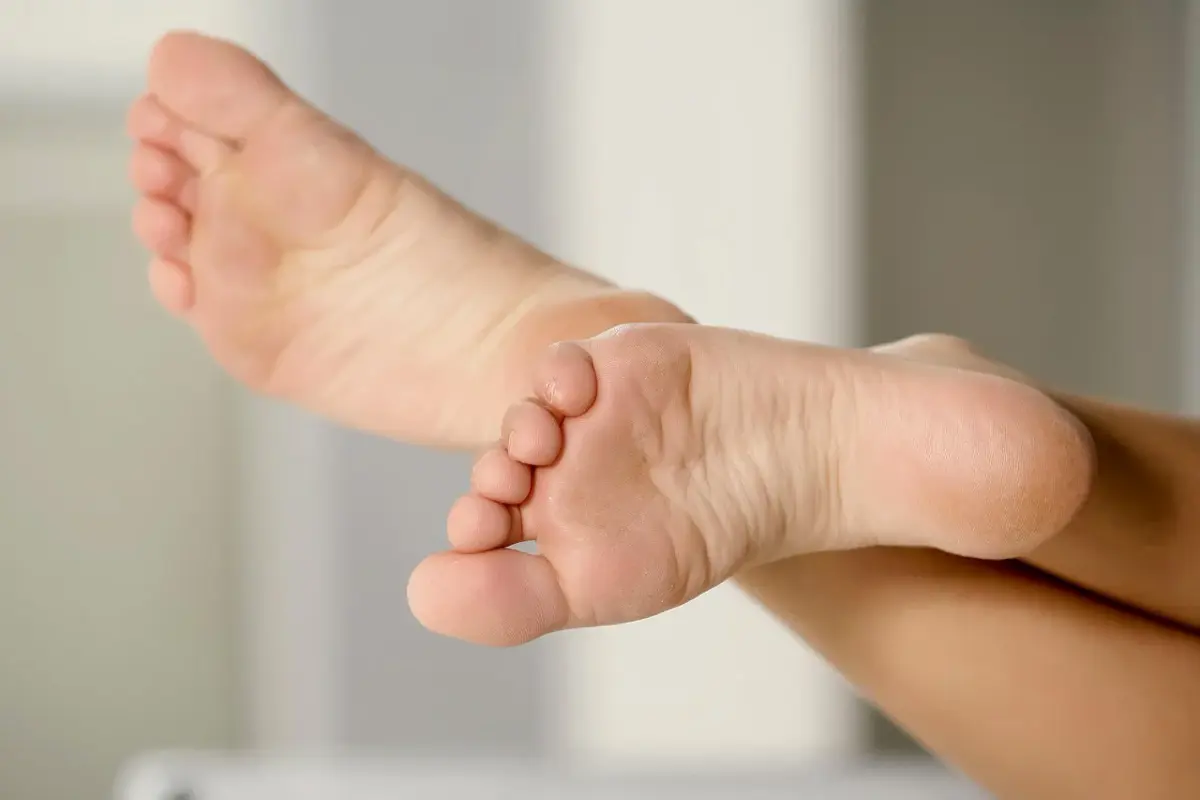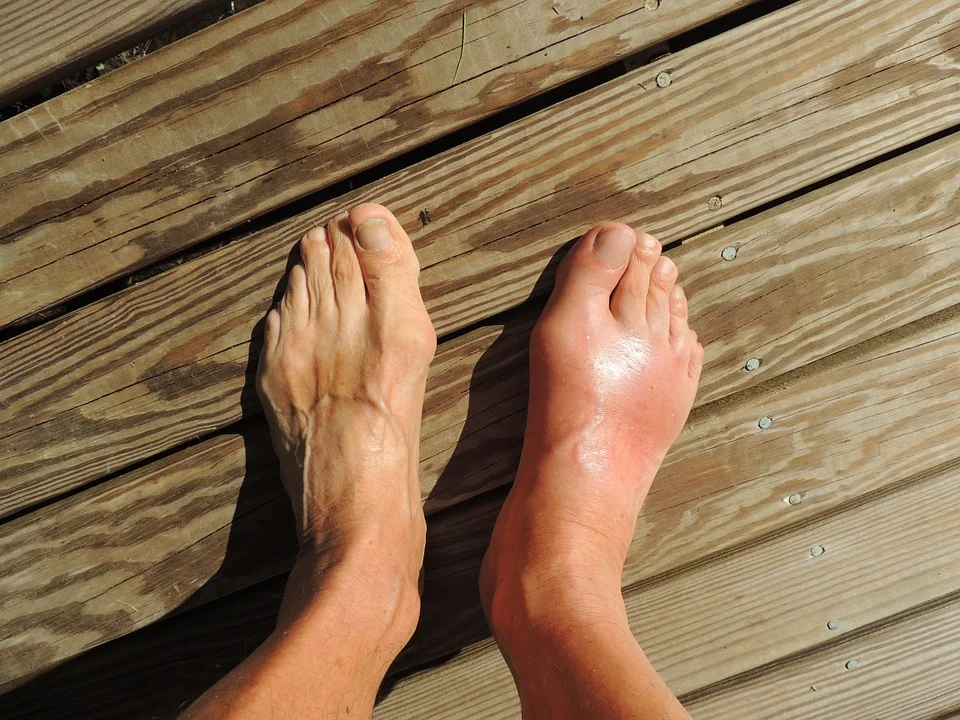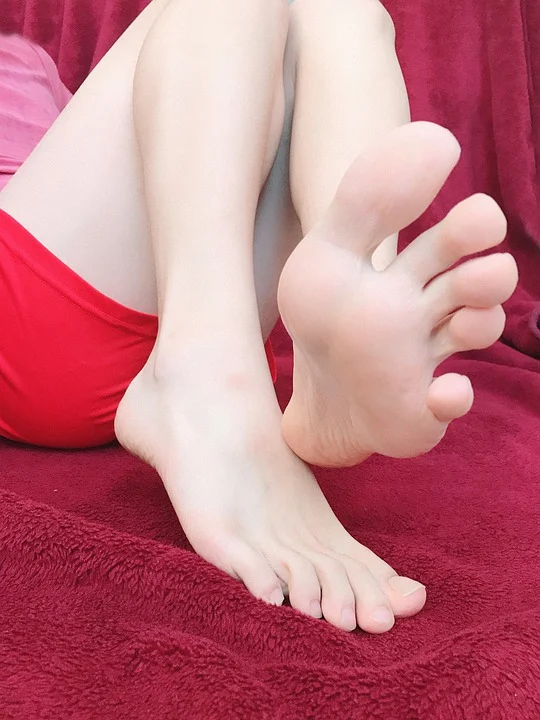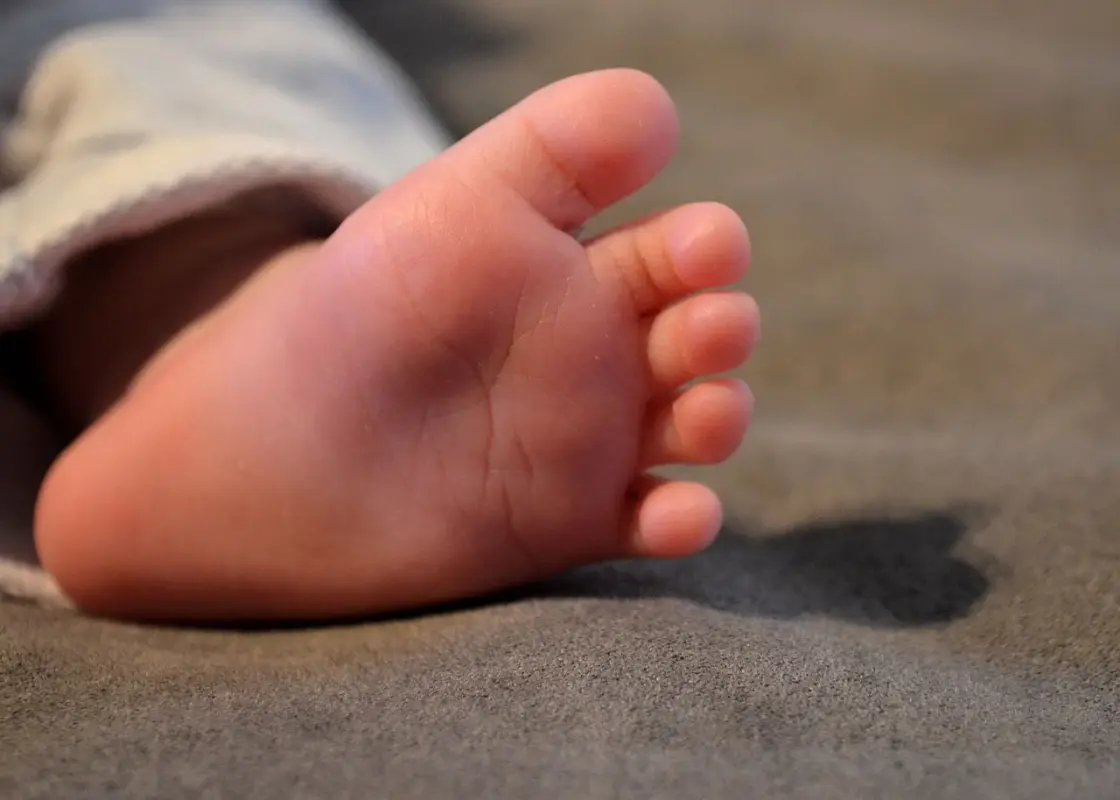There are natural remedies for heel pain such as cold therapy and stretching exercises.
The best natural treatments for heel pain are cold therapy and stretching exercises. These methods can be used alongside rest to help reduce inflammation. Stretch your calves regularly, and you can try rolling your feet on a frozen water bottle. For further injury prevention, it is important to wear good footwear. You may also consider orthotics and heel cups. Sometimes, surgery and steroid injections are necessary in extreme cases. In mild to moderate cases, natural remedies may help. For future heel pain avoidance, remember that prevention is the key.
Shoes that are comfortable for people with heel pain are essential
It is important to wear proper footwear if you suffer from heel pain. Shoes that are too small can cause heel pain. Proper footwear can help prevent many podiatric problems, as well as long-term damage to your feet. To relieve pressure and pain from the feet, the best shoes for heel problems have certain features. To promote better alignment, they should have proper arch support, shock absorption cushioning, and sufficient heel support. Vionic shoes and insoles for orthotic shoes have been shown to ease heel pain and support natural alignment. The long-term benefits of choosing the right footwear for your feet can be significant. They will also reduce discomfort and speed up your healing. The most common cause of heel pain in patients is an inappropriate shoe. It is important to choose the right shoes that will support the patient and help them heal.


